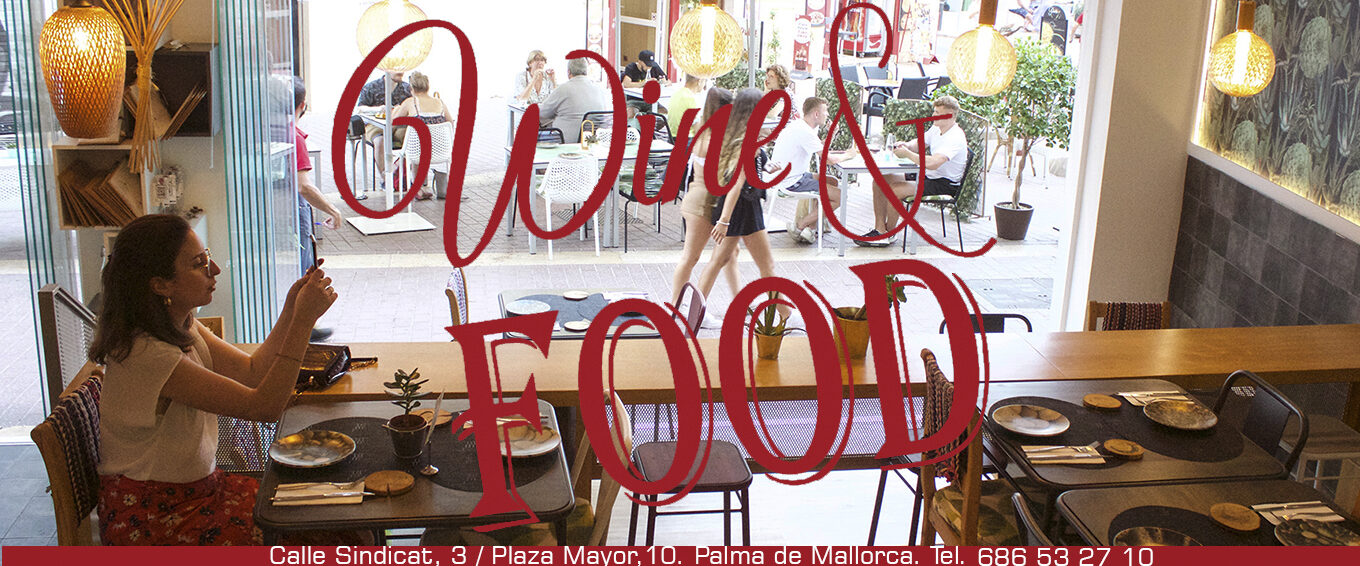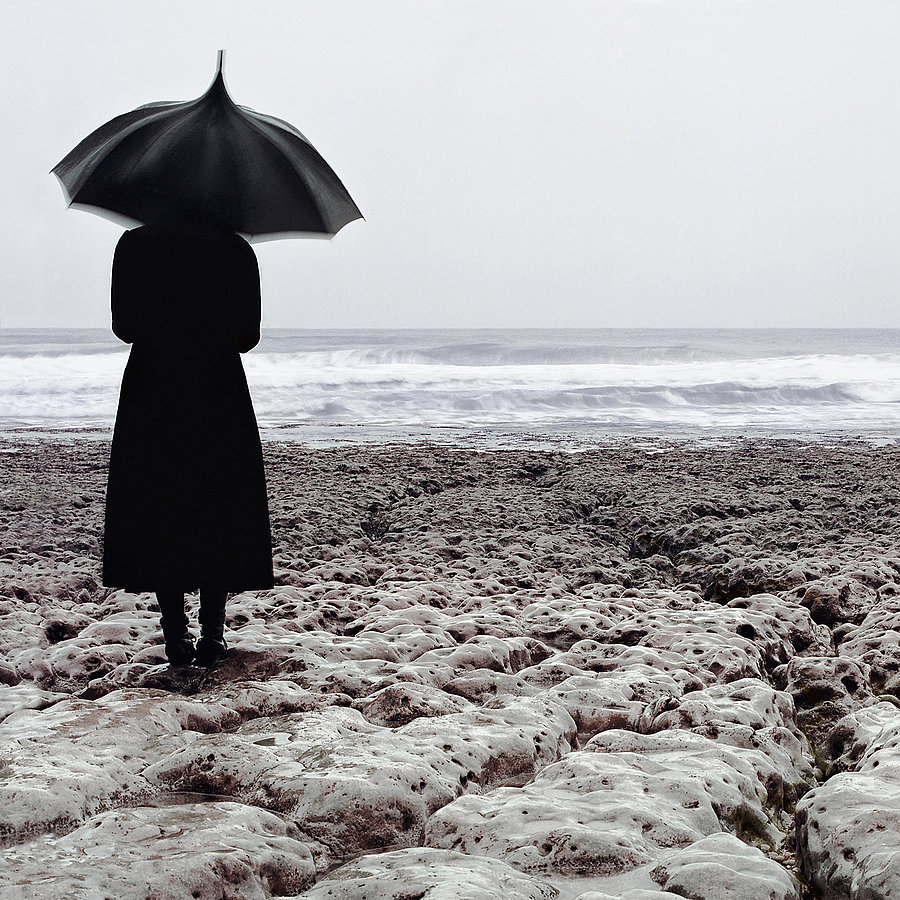La metáfora visual como narrativa esencial. Explorando cómo Juliette Bates utiliza imágenes cautivadoras para contar historias llenas de misterio y significado.
Juliette Bates: «La curiosa fragilidad de los seres». El recorrido propuesto por Bates nos traslada desde los imponentes acantilados calcáreos de Normandía hasta los bosques envueltos en bruma, dos escenarios que son, al mismo tiempo, subyugantes y perturbadores.
Su obra se fundamenta en el uso magistral de la metáfora visual para construir imágenes de una pureza formal y un misterio inquietante, dotadas de una estética que amplifica el relato implícito en cada encuadre.
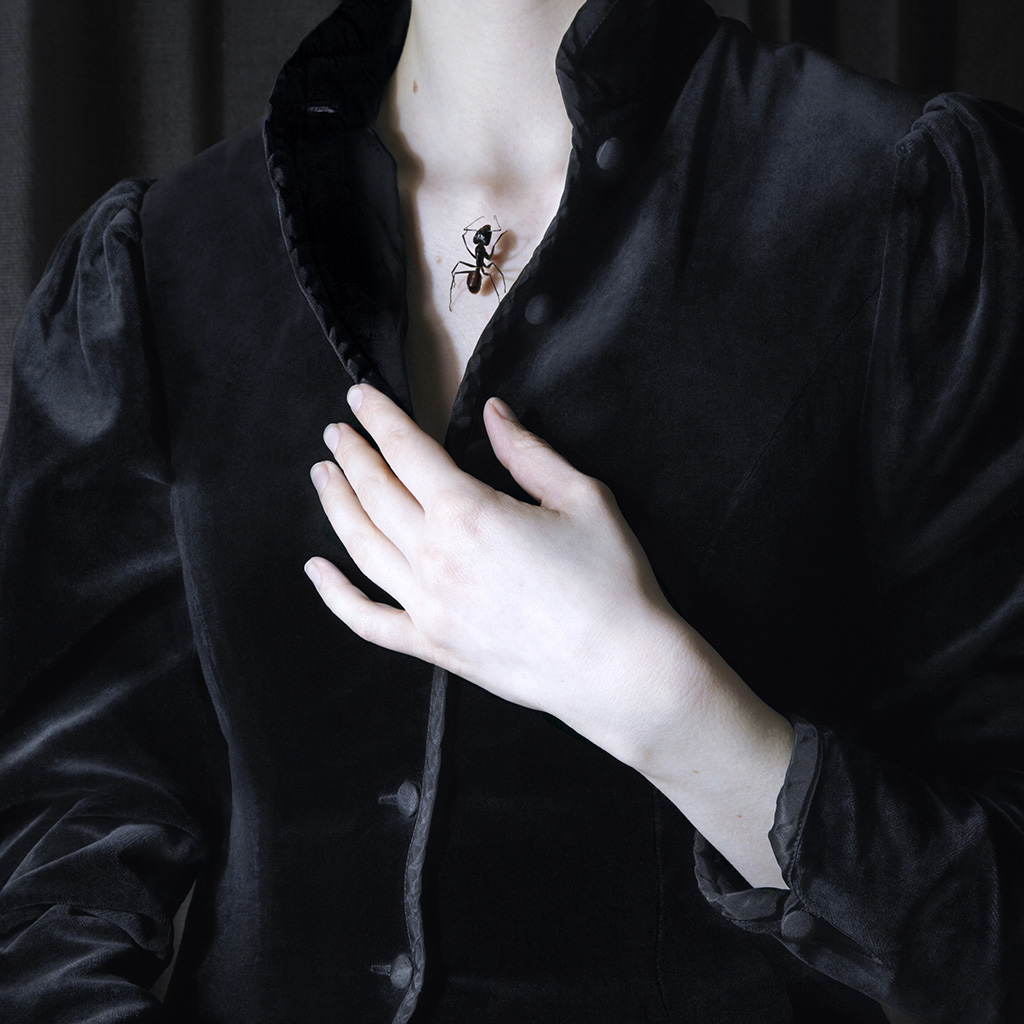
Su serie «Histoires Naturelles» nos introduce en un universo narrativo donde el protagonista, una figura anónima, se revela a través de fragmentos de su rostro o sus manos delicadas. Este personaje no solo parece convocarnos con su presencia, sino que simultáneamente mantiene una distancia, sugiriendo un juego de cercanía y evasión.

En esencia, es un coleccionista, un archivista de lo efímero, un ordenante de lo caótico, cuyas acciones intentan comprender y desafiar los ciclos inexorables de la existencia. Envuelto en terciopelo negro, esta figura andrógina y espectral emprende una búsqueda de serenidad que, paradójicamente, resulta inalcanzable. A través de esta travesía de intentos y fracasos, Bates nos invita a reflexionar sobre nuestra condición humana, frágil e incierta.
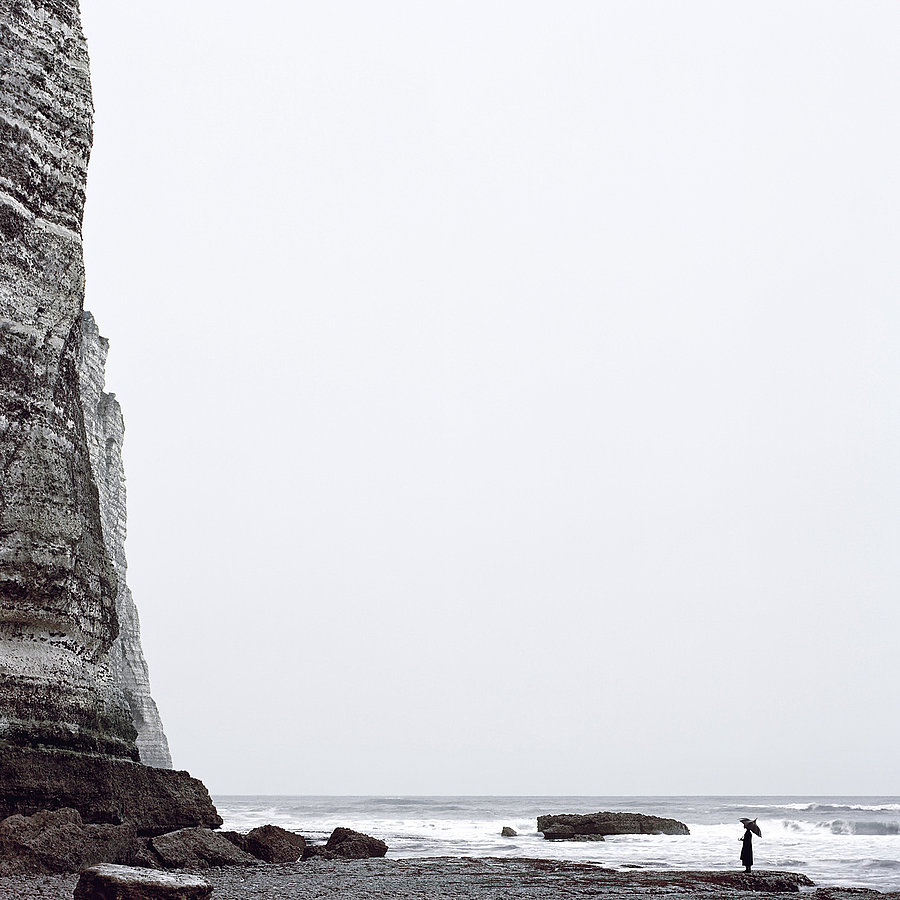

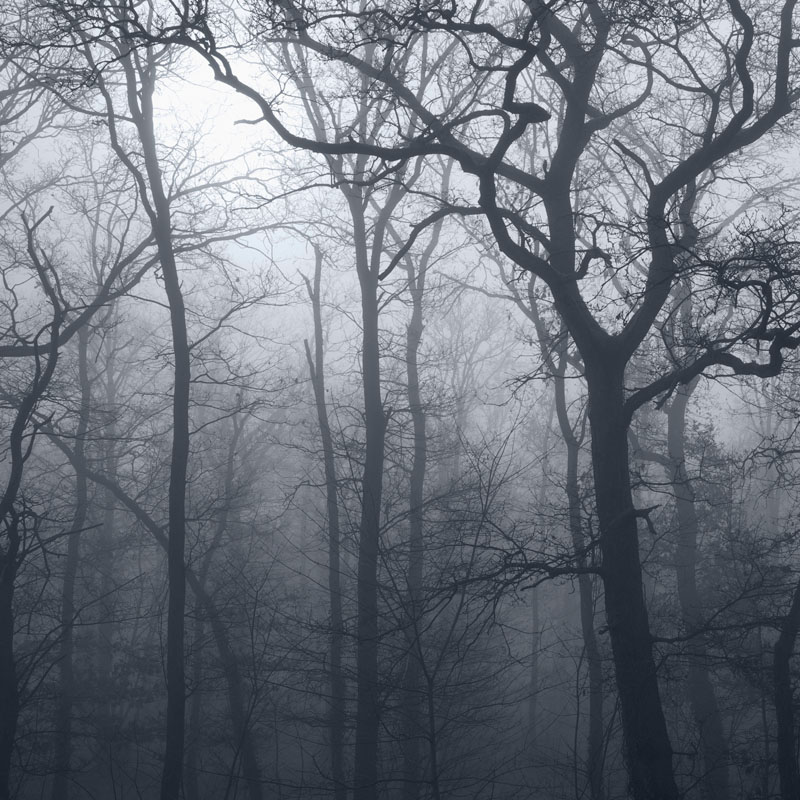

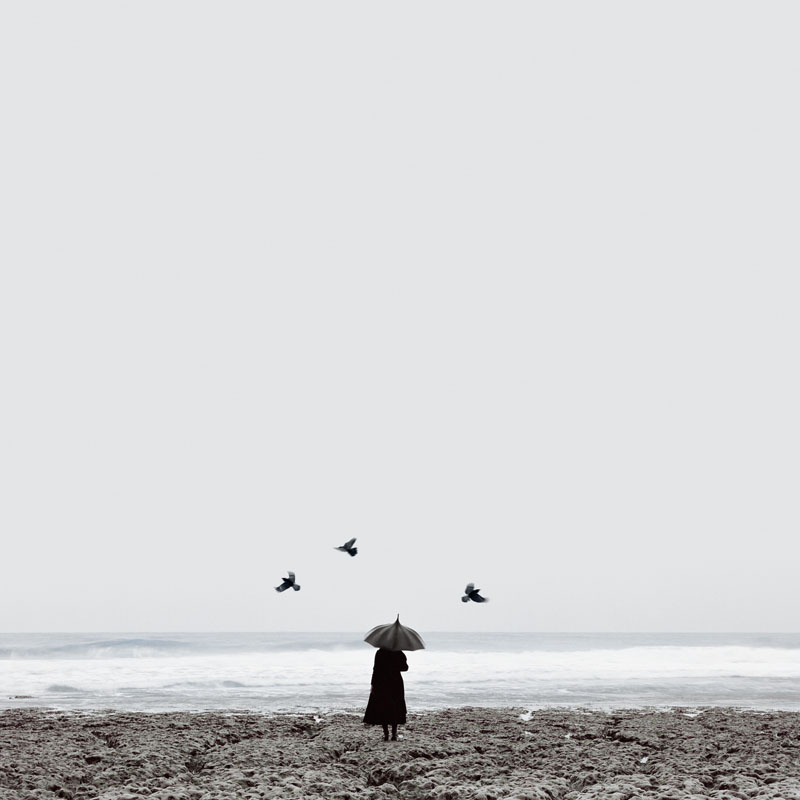
Las orillas blancas y abruptas, enfrentadas al infinito horizonte marino, se erigen como un paisaje tan bello como amenazador, donde los elementos naturales libran su batalla incesante contra el viento y el tiempo. Por otro lado, el bosque, con su atmósfera envolvente y laberíntica, hechiza la mente, desorienta los sentidos y genera una dualidad inquietante: acoge con su abrazo, pero también oprime con su densidad asfixiante.
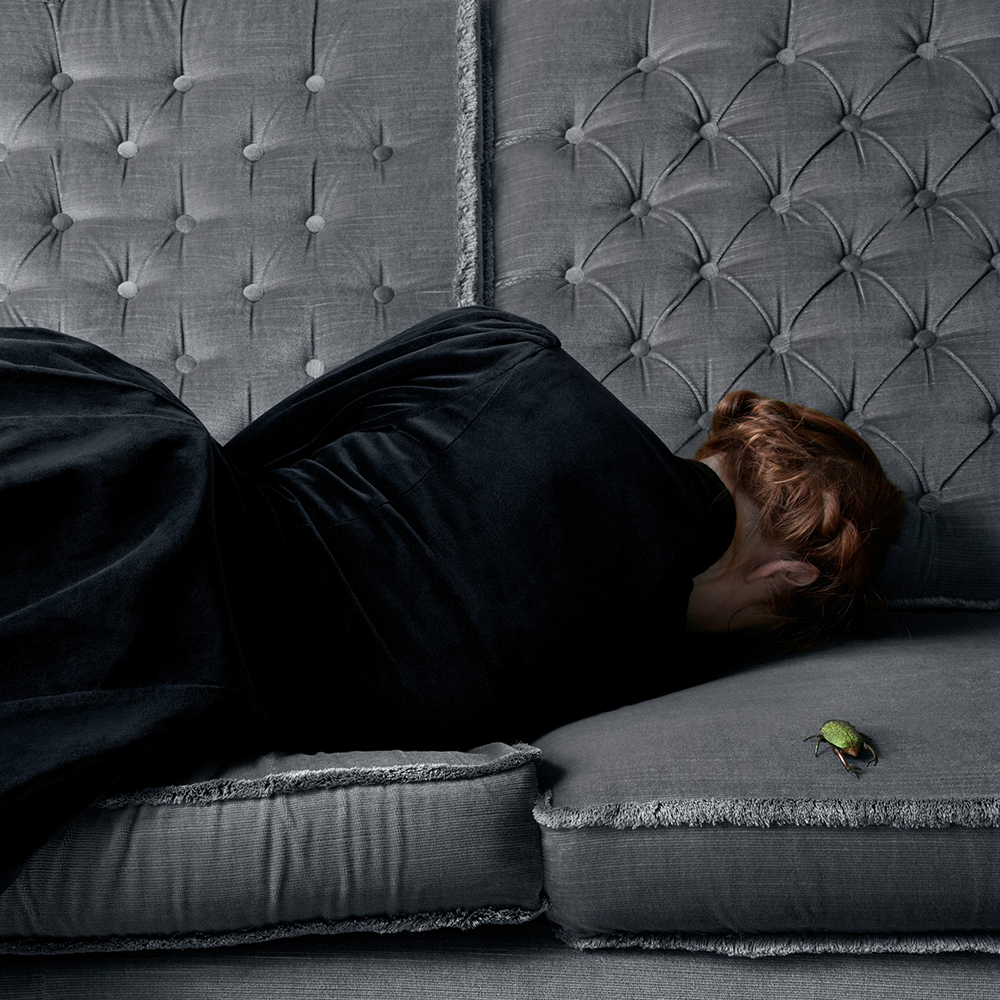
Frente a estos paisajes familiares y hostiles, la protagonista de Bates se percibe aún más vulnerable, una diminuta silueta enfrentada a la inmensidad de las olas y las rocas, perdida entre los troncos y ramas que parecen conspirar contra su avance. En este diálogo entre la fragilidad humana y la majestad indomable de la naturaleza, la obra nos invita a explorar nuestras propias búsquedas y límites.…)
Juliette Bates: «La curiosa fragilidad de los seres». Por Leonardo Lee.
